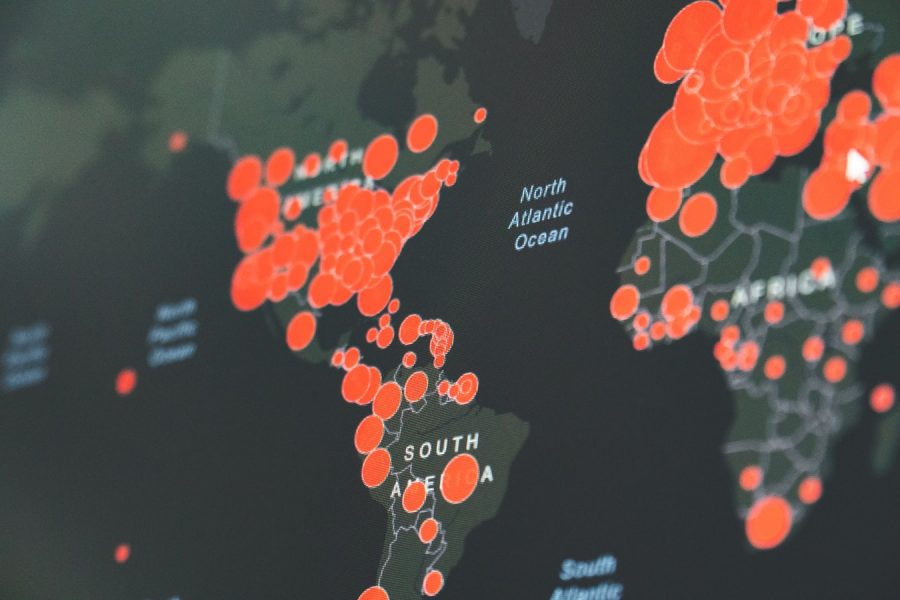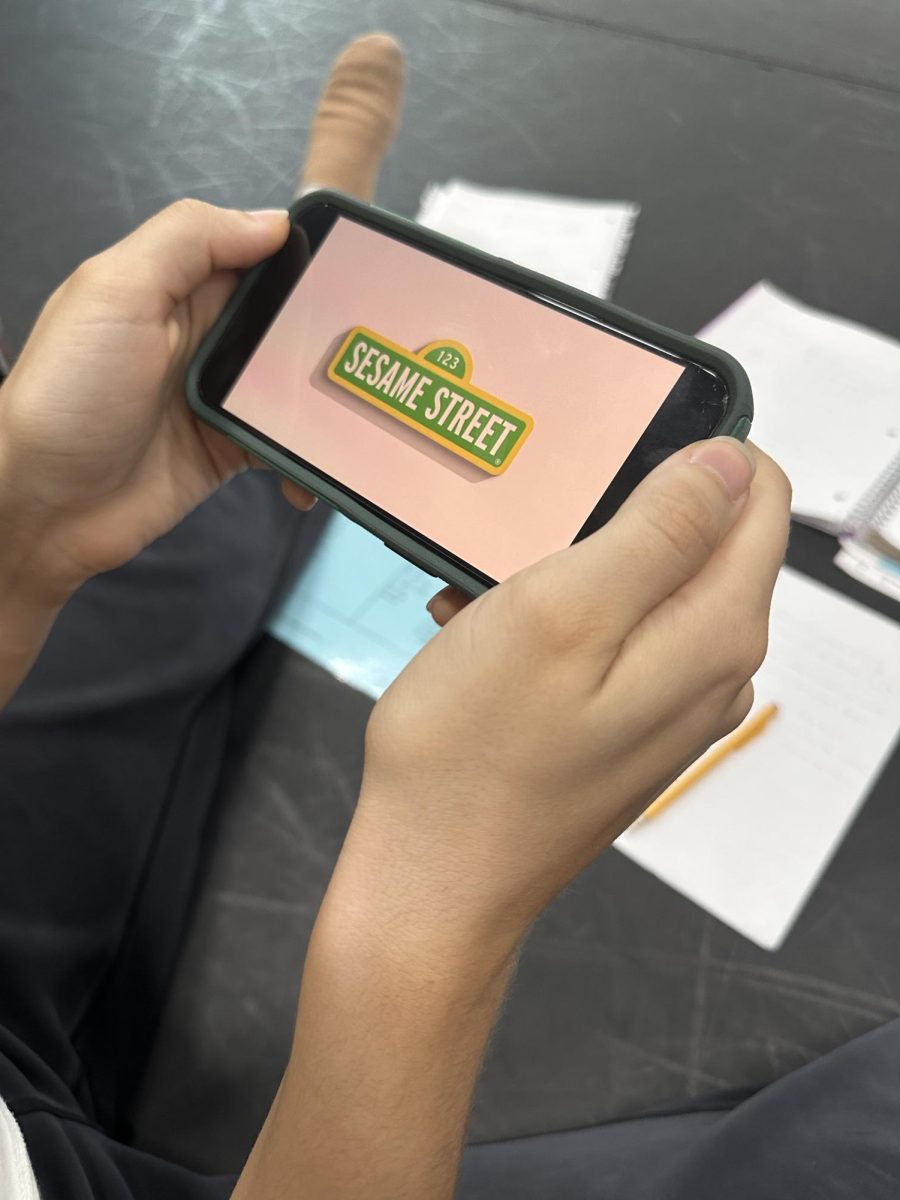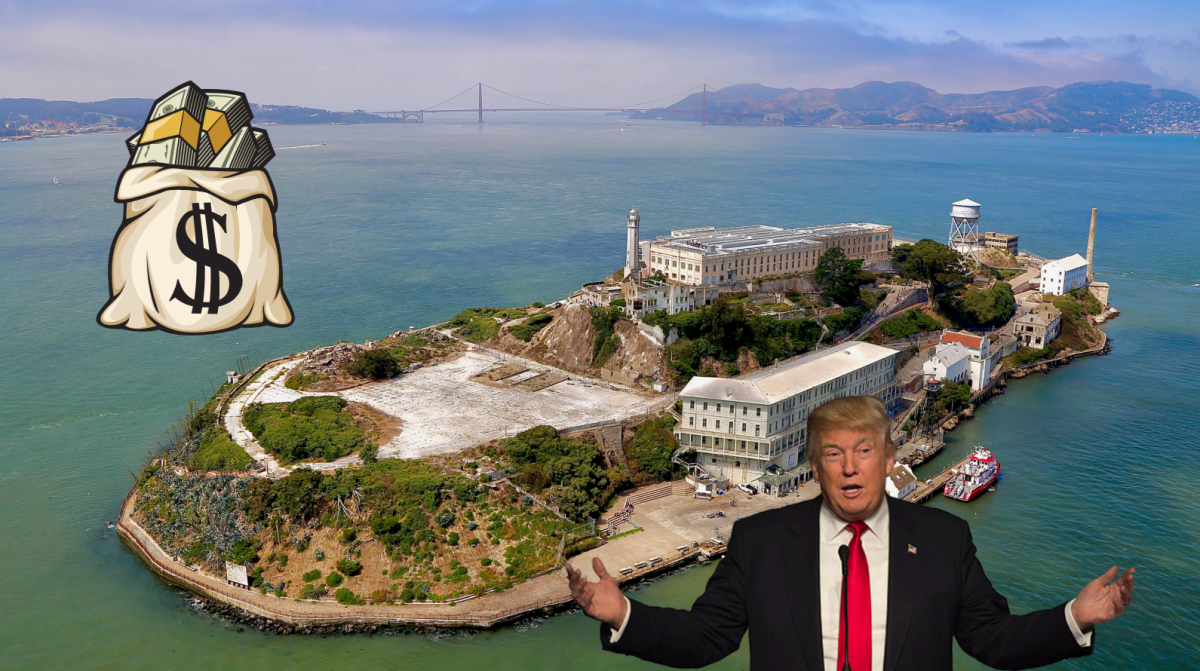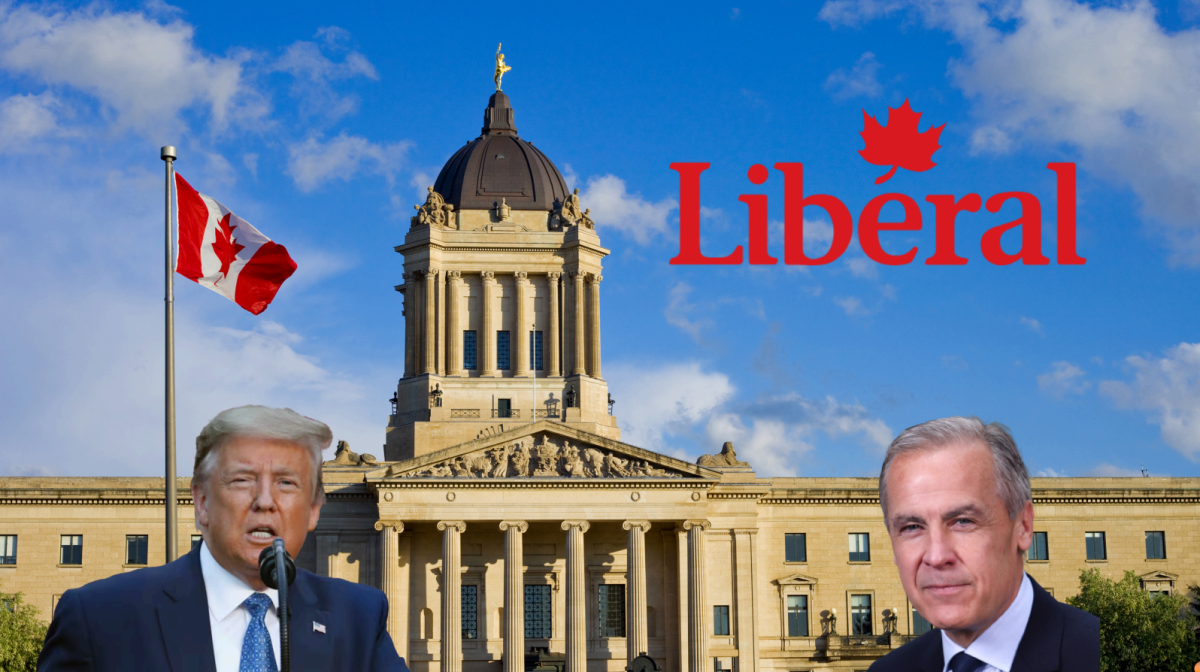What started out as a meme, shortly became the harsh reality in the U.S. with the COVID-19 outbreak.
For over six months, face masks and sanitation methods have become the norm in society, and many officials speculate this new way of life will not be leaving anytime soon.
While the virus has been relatively contained in a majority of countries, in the United States-which some sources argue has the worst management of the virus-it has only worsened over time.
Countries with major outbreaks-like Spain, Italy and France-are currently averaging less than 2,500 daily confirmed cases. However, the U.S is averaging a substantial 27,000 daily confirmed cases.
The countries which are averaging under 2,500 cases are now starting to re-open businesses and schools without any qualms while the U.S is still struggling to keep cases down.
There are many factors as to why the U.S. is falling behind its international counterparts.
For starters, many believe the government was not adequately prepared for the virus. When COVID-19 hit China in February, the United States failed to take any precautions. Many, including U.S. executive leadership, did not believe the virus would spread around the world, but rather, was limited to China. This mindset potentially allowed the emergence of 20,000 daily confirmed U.S. cases in the beginning stages of the outbreak.
Senior Cara Johnson saw this often among her peers: “A bunch of people didn’t even attempt to socially isolate themselves from other people. I saw snapchat stories of peers who weren’t six feet apart with more than five people.”
Then much of the country began to re-open public areas, such as bars and restaurants, despite having not ‘flattened the curve.’ “I went to work everyday and for months, customers would come into the store with nothing covering their face,” Morgan Rinker, an essential worker at Hyvee stated. “In the first wave, nothing was mandated. A lot of the customers were Hysteric and as confused as the workers were.”
In addition to lack of information about the infection, the national and many state governments failed to enforce masks in the early stages, while what was known about the transmission of COVID-19 was relatively unknown and changing everyday.
As of July 24, 19 states did not enforce mask requirements. Much of this could be due to the lack of executive leadership, as President Trump never mandates masks and was not seen wearing a mask until July 11, during his visit to Walter Reed Army Medical Center.
While there is speculation as to why the U.S. is lagging behind its international counterparts in terms of COVID-19 management, there is no doubt that it has had a substantial impact-politically and medically-on our nation.









